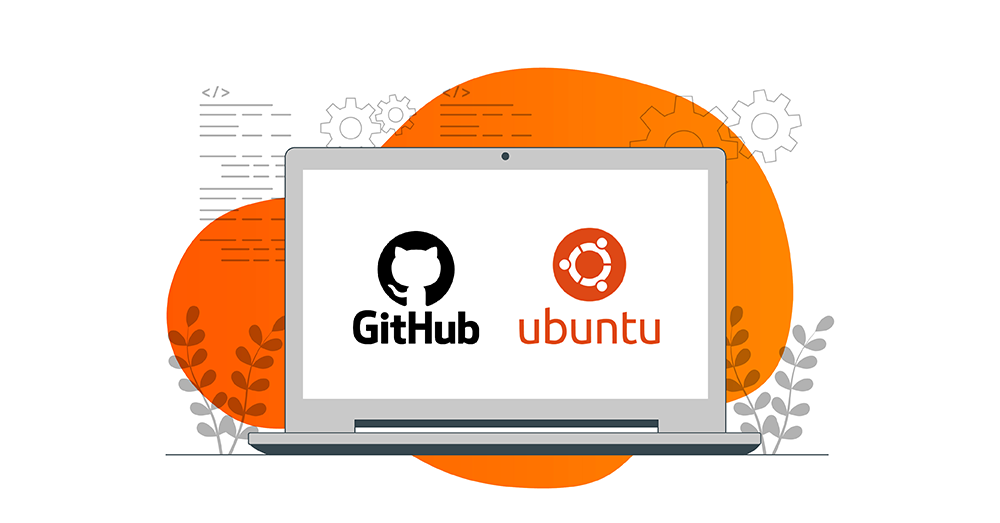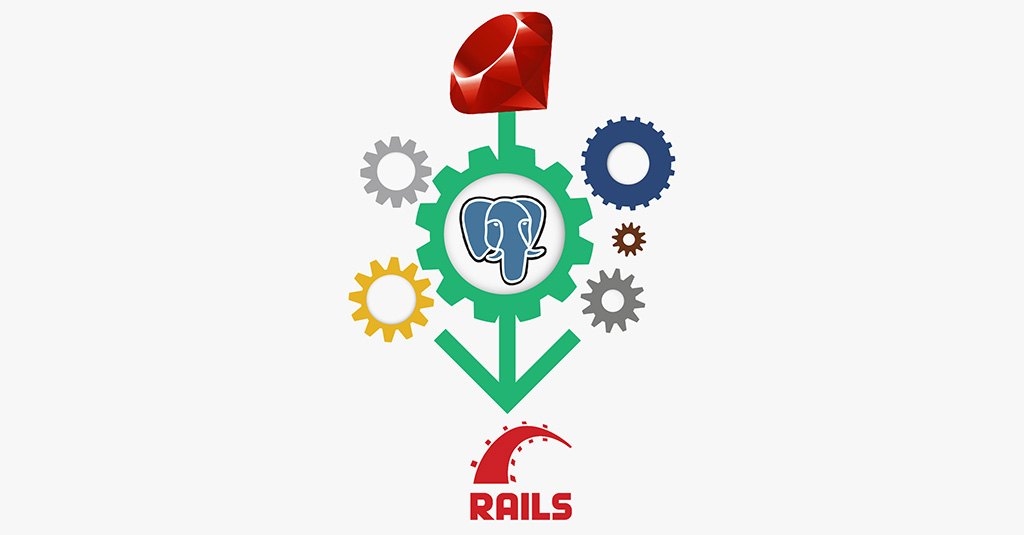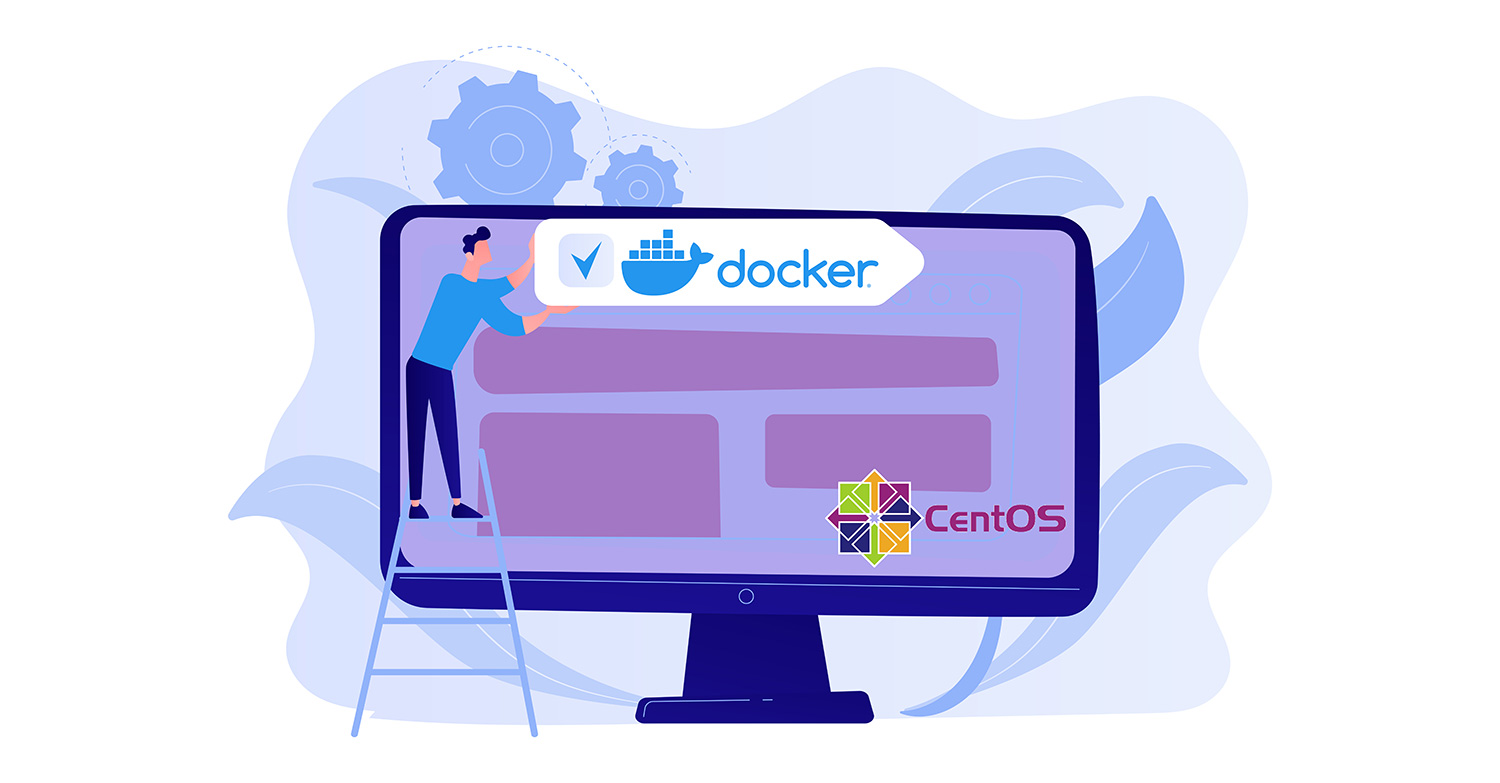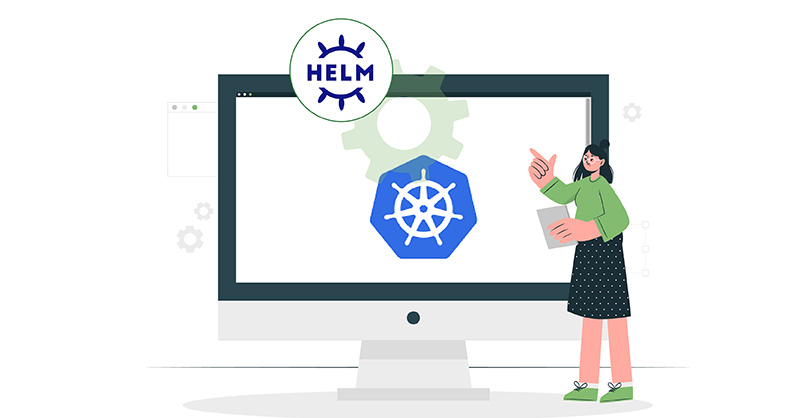Introduction Software Engineering is a fast-paced and competitive field. Rolling out your products to users faster will give you an edge over your competitors. On the bright side, industry best practices are in place to help companies have a level playing field. Continuous Integration and Continuous Development(CICD) is an example of a strategy that leverages industry best practices to give …
Setting up Ruby on Rails with PostgreSQL
Among all the available database engines, PostgreSQL is one of the most popular ones. It’s a well-known open-source database system known for its reliability, robust features, and performance. Because PostgreSQL is a popular choice, it’s supported by almost all major web frameworks. Similar to its competitors MySQL and SQLite, PostgreSQL also has its strong and weak points. Ruby on Rails …
Installing Docker Compose on CentOS 7
Dockerisation has redefined the deployment and automation process in the software industry. Since its inception, the Docker team has continuously strived to make automated deployment seamless. Containerization technology does not just enable rapid application development and efficiency, but also saves time and strenuous efforts. Unbeatable functionalities such as orchestrating, defining, and running multi-container applications together make Docker a favorite pick …
How To Set Up GitLab Continuous Integration (CI) Pipelines on Ubuntu 20.04
Every developer understands how crucial version control is to the software development lifecycle. It enables multiple people to work simultaneously on a single project, each person maintaining their own copy of the code and choosing when to share it with the rest of the team. To achieve this, developers make use of Git repositories to help with version control. GitLab …
Introduction to Helm: Package Manager for Kubernetes
Kubernetes is a popular and powerful container-orchestration system. Deploying applications to it, however, can be quite complex. That’s because a single application setup could entail generating several interdependent Kubernetes resources. Those can include deployments, pods, services, and replica sets. Each of these requires a YAML manifest file to be written. To ease the process of packaging, configuring, and deploying applications …






